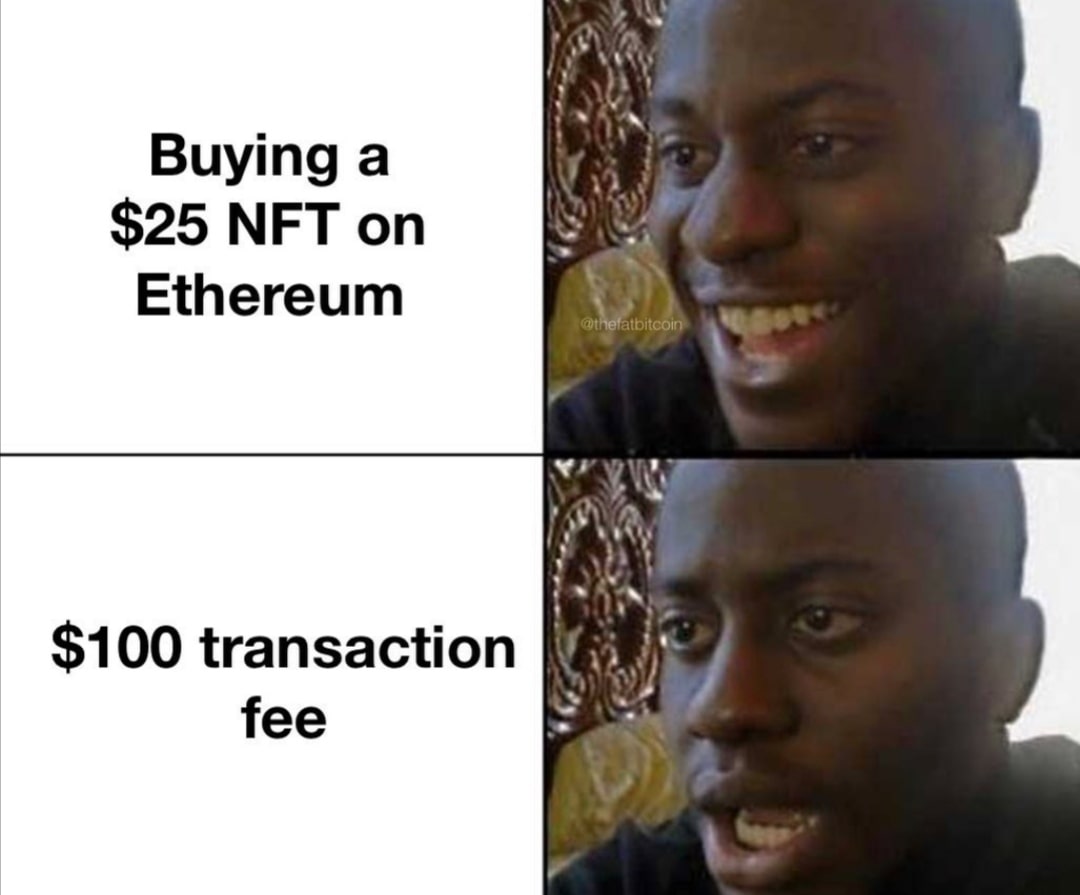Today’s headline is making waves across all news channels: “Ethereum plans to slash gas fees for network transactions.” Can you believe it? Have we finally reached this momentous occasion? So, what’s behind these significant changes in blockchain policy? Let’s dive in and unravel the mystery together!
How it’s all Doing to Play Out in Reality
The concept of an account abstraction, also known as smart accounts, builds upon the fundamental Ethereum accounts. It allows accounts to have programmable logic and rules, opening up a plethora of new possibilities that are currently out of reach for simple accounts.
Today, Ethereum accounts are a bit like that laid-back friend who’s always chill and doesn’t really do much. Proposed by Vitalik Buterin and a squad of developers in September 2021 under the catchy name EIP-4337, this idea is here to turn those passive, static accounts into the rockstars of programmability.
So, Where Do These Changes Come From?
Perhaps these innovations are linked to a recent statement by none other than Vitalik Buterin, which stirred up quite a storm in the community. On January 11th, Buterin advocated for a “modest” 33% increase in the gas limit, aiming to potentially boost the network’s throughput.
Dumping up the gas limit from the current 30 million to the proposed 40 million would allow more transactions per block, theoretically cranking up the overall network capacity, he claims.
Martin Köppelmann, the co-founder of Gnosis stated that increasing the gas limit would lead to an increase in capacity as well. Peter Szilagyi, head of the Ethereum team, joined the worry parade about the gas limit hike.
Upsizing this thing definitely comes with its own set of challenges. The state grows faster, the sync time will slow down faster, and the potential for DoS attacks grows.
The gas limit is like the cap on the maximum workload and gas spent on executing transactions or smart contracts in each Ethereum block. It’s there to make sure blocks don’t go too colossal, potentially messing with the network’s performance and sync speed.
However, according to Ethereum developer Marius van der Wijden, who spilled the beans in a January 11th blog post titled “Why increasing the gas limit is difficult,” there are some downsides to this gas limit expansion.
The main hitch in this gas limit joyride will be the bloating of the blockchain’s state, housing the account balances and smart contract data.
The current space demand is roughly around 267 gigabytes just for the state, he mentioned, throwing in, “If we pump up the gas limit, this size will expand even faster.”
Riding the Positive Wave for ETH’s Exchange Rate
The Ether price shot up from its $2343 opening on January 10th, soaring more than 7.8% in a day and a whopping 85% in the last 12 months. As of writing this piece, Ethereum is strutting its stuff at $2650, hitting a yearly high.

ETH was the lone ranger among the top 10 cryptocurrencies by market cap that’s not a stablecoin, rocking a bullish trend for a few minutes after the SEC’s tweet mishap about approving a BTC ETF caused some wild swings in Bitcoin prices.
Crypto analysts on X are entertaining the notion that market participants are gearing up for the spot approval of an Ethereum ETF, potentially handing professional US investors an indirect ticket to the ETH rollercoaster.
“While the situation around Bitcoin and ETF approval is a bit twisted, Ethereum might just snag a spot ETF,” quipped Michael van de Poppe, the CEO and founder of MN Trading, on X.
The Ethereum Foundation didn’t reveal a detail on the much-anticipated release date for version v0.7, promising to trim those gas costs.
More Info on Ethereum:
- Etherscan Makes a Splash with Solscan Acquisition Amidst Solana’s Soaring Rally
- Ethereum Strikes Back: Is the 9% Surge the Beginning of a Major Rally?
- Vitalik Buterin Transfers 400 ETH Valued at $600,000 to Coinbase
But fear not, guys, because they’ve unveiled that security audits are kicking off as we speak. Ethereum appears to be poised for a takeoff that could propel it into the hall of fame as the cryptocurrency of our generation.
Disclaimer: All materials on this site are for informational purposes only. None of the material should be interpreted as investment advice. Please note that despite the nature of much of the material created and hosted on this website, HODL.FM is not a financial reference resource and the opinions of authors and other contributors are their own and should not be taken as financial advice. If you require advice of this sort, HODL.FM strongly recommends contacting a qualified industry professional.

